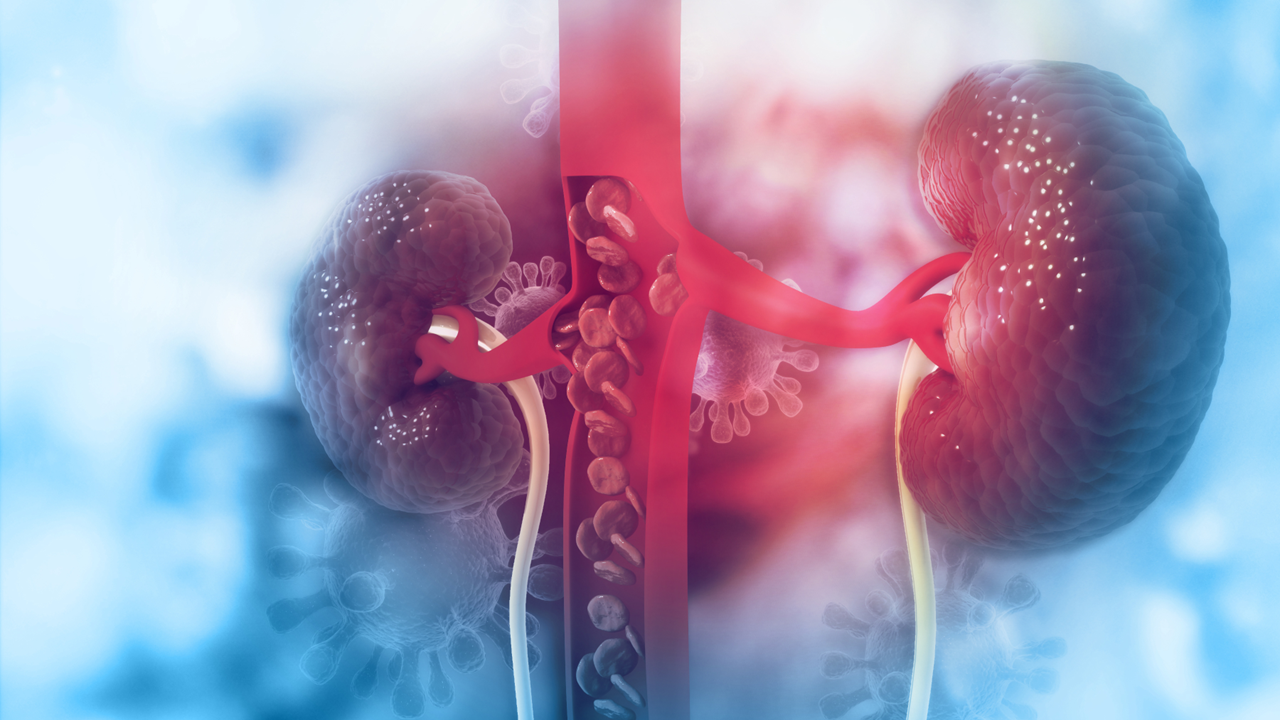3-D printing is an exciting new technology that promises to revolutionize the medical device industry. To date, a wide variety of products, including polymer organ models, custom-fit prosthetics and synthetic tissue scaffolds have been designed, developed and manufactured using three-dimensional printing technology.
Experts believe the next big industry to be revolutionized by the 3-D printer is the pharmaceutical industry. In the wake of the FDA’s first approved 3-D printed drug – which happened earlier this year – and the promise of three others in the works, experts are predicting that the future of the pharmaceutical industry lies in the development of printable drug products.
History of 3-D Printing and How 3-D Printers Work
Charles W. Hull is a name you might not be familiar with, but he is the man behind the world’s first patented 3-D printer. Invented in 1984, Hull’s printer used a technique called stereolithography, which employs a UV laser that solidifies a photopolymer into a 3-dimentional shape outlined in a computer-aided-design (CAD) file. This invention closely followed the work of Hideo Kodama of Nagoya Municipal Industrial Research Institute, who in 1981 was the first person to use a light-sensitive resin to build a miniature three-dimensional model of a house. Hull went on to found 3-D Systems, which remains the world’s second-largest manufacturer of 3-D printers, next to Stratasys.
3-D printers boast rapid prototyping technology, which means concepts are able to be quickly and efficiently turned into three-dimensional models, allowing for optimization of computer-generated designs. This technology also benefits manufacturers, who have the option to build their products on an order-by-order basis, with less materials waste compared to traditional molding and trimming techniques.
Today’s 3-D printers developed for drug manufacture use a powder- or liquid-based substrate which solidifies when hit by a computerized laser designed to form a certain shape, creating a single layer of the pill. The printer repeats this process of laying down layers until the final product is complete.
First FDA-Approved 3-D Printed Pharmaceutical
Aprecia Pharmaceuticals is the pharmaceutical company who developed the 3-D printed drug Spritam levetiracetam, the first of its kind to be approved by the FDA. The drug is used to prevent seizures in epileptic patients, and was created using Aprecia’s proprietary ZipDose® Technology, which allows for a high-dose, rapid-dissolve formulation.
This technology replaces conventional pill-pressing machines, which use force to turn powdered active ingredients into solid dose-controlled tablets. The powder-liquid three-dimensional printing technology was developed at MIT, and uses an aqueous solution to alternately lay-down active ingredients and excipient additives to produce a porous product. Between 30 and 50 layers are combined to make a single pill, with the capability to manufacture thousands of pills simultaneously.
The porous nature of Spritam gives the medication a range of benefits. Firstly, the 3-D printed pharmaceutical is capable of rapidly disintegrating into water because the microscopic channels within the pill allow water to penetrate and break the bonds formed during the printing process.
Rapid dissolution of the medication within a small volume of water allows for ease-of-administration for patients with trouble swallowing traditionally large pills. The printing process also allows for an increased drug load within a single unit of medication – up to 1,000mg per pill.
Control over dosage may also allow 3-D printed medications to be tailor-made for each patient, as well as manufactured in a hospital or pharmacy. “For the last 50 years we have manufactured tablets in factories and shipped them to hospitals and for the first time this process means we can produce tablets much closer to the patient,” commented Dr. Mohamed Albed Alhnan, a pharmacy professor at the University of Central Lancashire in the UK.
For example, children’s medication is often manufactured in a liquid form to make dosing easier and more consistent than hard-to-swallow pills. Aprecia’s 3-D printing technology could change all that, allowing for rapid design and manufacture of a measured dose of medicine in a single tablet. Depending on the patient’s prescription, pills could printed to contain the right amount of active ingredient for that particular individual. In addition, the ZipDose® Technology promises to provide a broader range of taste-masking abilities so that doctors and nurses can easily give the drug to difficult patients, including children.
While producing medication outside the factory and closer to the patient seems appealing, Aprecia has yet to comment on whether this is the direction they plan to go with the technology. Spritam is poised to hit shelves in early 2016, and Aprecia already holds 50 patents for other drugs that use their proprietary 3-D printing technique.
Print-Your-Own Pharmaceuticals
While manufacturing drugs using 3-D printing techniques is certainly revolutionary, and this represents a big step forward in the evolution of the pharmaceutical industry, some have an even grander vision for the future of the technology. In his 2012 TEDGlobal Talk, Professor Lee Cronin, a researcher and Regius Chair of Chemistry at the University of Glasgow, Scotland asks the question, “Could we app chemistry?”
His lab developed custom-built chemical vessels termed “reactionware” – polypropylene reaction chambers made in a 3-D printer. What makes these made-to-measure reaction vessels unique, is that the reagents needed to perform the reaction are printed into the container, and sealed inside.
Reactionware has a number of significant advantages over traditional glassware used by chemists. The 3-D printing technique allows for the design and manufacture of customized vessels in which to perform chemical experiments, which can be quickly and inexpensively produced in the lab. Cronin’s technique also allows the reaction container to become a part of the reaction, as the inside surfaces can be coated with a chemical catalyst.
This technique led Cronin to propose that the synthesis of pharmaceutical products could be approached in the same way. He foresees a future in which a suite of elemental chemical “inks” could be provided along with the purchase of a specialized 3-D printer. These chemical inks, would be capable of combining to form an infinite number of complex chemical compounds which make up pharmaceuticals. The hope is that this technology could reach a wider group of people, including those in underdeveloped countries, as it requires no other specialized equipment aside from the printer.
Cronin proposes providing blueprints to create complex molecules from the simple building blocks present in the chemical inks, which could be downloaded for a small fee and used by the printer via specialized software. This would allow for pharmaceutical manufacturing on a small scale; printing the pills at point-of-need.
While this idea of using 3-D printing technology to effectively produce your own medicine seems incredibly futuristic, Cronin takes it a step further by painting a picture of a future in which personalized medicine is the norm. In his TEDTalk Cronin says, “The cool bit going into the future, is this idea of taking your own stem cells with your genes and your environment, and you print your own personal medicine.”
Cronin’s driving force in developing these technologies is the idea that technology can be “democratized” and made available to everyone, regardless of socioeconomic status or privilege. “Personalization is the ‘sexy’ driver but I think distribution and reach are the winners here — especially in the developing world,” Cronin says.
When asked about his thoughts on the FDA-approval of the world’s first drug produced using 3-D printing technology, Cronin told Xtalks, “I think the FDA 3-D printed drug approval is interesting since it uses a flexible technique to control dose-preparation of the active ingredient. However, my own vision for the robotic or 3-D printing control of chemistry aims at a much broader vision, combining drug manufacturing, formulation and dosing. Work is ongoing in our laboratories actively exploring this.”
3-D Printing, Quality Control and Counterfeit Drugs
As with any major change in the pharmaceutical industry, the use of 3-D printing technology to design, develop, and ultimately manufacture drugs must be closely regulated. “One wouldn’t want to place a pharmaceuticals factory in someone’s home that wasn’t regulated,” says Ricky Wildman, an engineer from University of Nottingham in the UK.
There’s also a question of quality control and product safety. “The challenge is to ensure that you are creating what you said you were going to create,” Wildman says. The printed drugs would likely have to pass quality tests similar to those already in use in manufacturing facilities today. Another possibility is the use of an integrated system built-in to the printer, whereby a drug is tested against a known standard to confirm its purity.
While some believe that 3-D printing is the future of pharmaceutical manufacture, and will completely replace conventional factory-made medicines, Wildman is skeptical. “You wouldn’t want to make ibuprofen with a 3-D printer,” says Wildman, who believes the technology will be primarily used to make so-call niche drugs, which might be cost-prohibitive to be produced on a large scale.
The next hurdle would be to create a system where drug counterfeiting would be next to impossible using the printing technique. Cronin notes that the blueprints could be encrypted and validated by the printer, before the drug was produced. While not perfect – encryption can be hacked – it’s certainly a potential solution to the issue of the abuse this new technology could be prone to.
How do you think 3-D printing technology will affect pharmaceutical development and manufacturing? Are you in favour of the “print-your-own-medicine” concept? Share your opinions in the comments section below, and stay tuned for next week’s article on 3-D Printing and the Future of Medical Device Manufacture.








Join or login to leave a comment
JOIN LOGIN